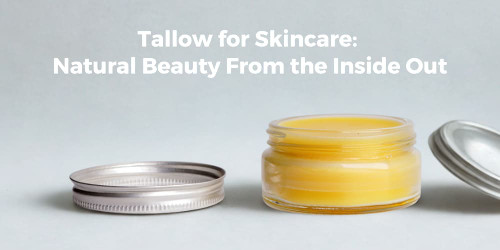Living with diabetes requires meticulous care, especially when it comes to foot health. One essential item in a diabetic's wardrobe is a pair of diabetic socks, designed specifically to protect feet and improve comfort. This article provides everything you need to know about diabetic socks.
What Are Diabetic Socks?
Diabetic socks are specially designed to protect the feet of individuals with diabetes. People with diabetes often suffer from nerve damage (neuropathy) and poor blood circulation, which can lead to foot ulcers and other complicationsas per Australian Diabetes Society. Diabetic socks are crafted to reduce these risks by offering extra cushioning, moisture control, and a non-binding fit.
Why Are Diabetic Socks Special?
Diabetic socks differ from regular socks in several key ways:
- Seamless Design: The lack of seams prevents irritation and reduces the risk of blisters, which are common in people with neuropathy.
- Moisture-Wicking Materials: These socks are made from materials that wick moisture away from the skin, reducing the risk of fungal infections.
- Cushioning: Extra padding in the socks protects the feet from pressure points and potential injury.
- Non-Binding Fit: Unlike regular socks that might constrict the legs, diabetic socks are designed to stay up without compressing the calf, which is crucial for those with poor circulation.
Do Diabetic Socks Really Work?
Yes, diabetic socks are effective in preventing many of the foot-related complications associated with diabetes. According to a study by the Australian Diabetes Society, diabetic socks can significantly reduce the occurrence of foot ulcers by providing a protective barrier against friction and pressure. Moreover, the moisture-wicking properties help in maintaining dry feet, which is vital in preventing infections.
What's the Difference Between Diabetic Socks and Compression Socks?
While both diabetic socks and compression socks are designed to improve foot health, they serve different purposes:
- Diabetic Socks: These are primarily focused on comfort and protection, offering a non-restrictive fit to prevent blood flow obstruction.
- Compression Socks: Compression socks, on the other hand, are designed to improve blood circulation by applying pressure to the legs. They are typically tighter and can be beneficial for people with diabetes who also suffer from varicose veins or deep vein thrombosis (DVT).
What Type of Socks Should Diabetics Wear?
Diabetics should choose socks that:
- Fit Well: Socks that are too tight can reduce circulation, while loose socks can bunch up and cause blisters.
- Are Seamless and Padded: These features help in reducing the risk of skin irritation and pressure-related injuries.
- Offer Moisture Control: Keeping the feet dry is crucial, as excess moisture can lead to fungal infections.
FAQs
Q: Can I wear regular socks if I have diabetes?
A: It is not recommended to wear regular socks as they might not provide the necessary protection and moisture control that diabetic socks offer【Australian Diabetes Society, August 2024】.
Q: How often should I change my diabetic socks?
A: It is advisable to change your socks daily to ensure your feet stay dry and clean, reducing the risk of infections【Diabetes Australia, July 2024】.
Q: Are diabetic socks covered by insurance?
A: In Australia, some diabetic care items may be covered under health insurance or the National Diabetes Services Scheme (NDSS)【Australian Government Department of Health, July 2024】.
Diabetic socks are an essential tool in managing foot health for those with diabetes. They offer a specialised fit and fabric that help prevent complications like ulcers, infections, and other foot-related issues. For individuals with diabetes, investing in a good pair of diabetic socks is a simple yet effective step in maintaining overall health.
For those looking to purchase diabetic socks, check out thislink for a wide range of options suited to your needs.
Disclaimer: This article is for informational purposes only and is not a substitute for professional medical advice. Always consult with a healthcare provider for advice tailored to your specific situation.
References
- Australian Diabetes Society, "Foot Care for People with Diabetes," August 2024. [Link]
- Diabetes Australia, "Managing Diabetes: Foot Care," July 2024. [Link]
- Australian Podiatry Association, "The Role of Footwear in Diabetic Foot Care," July 2024. [Link]
- Australian Government Department of Health, "Compression Socks and Their Role in Circulation," July 2024. [Link]















